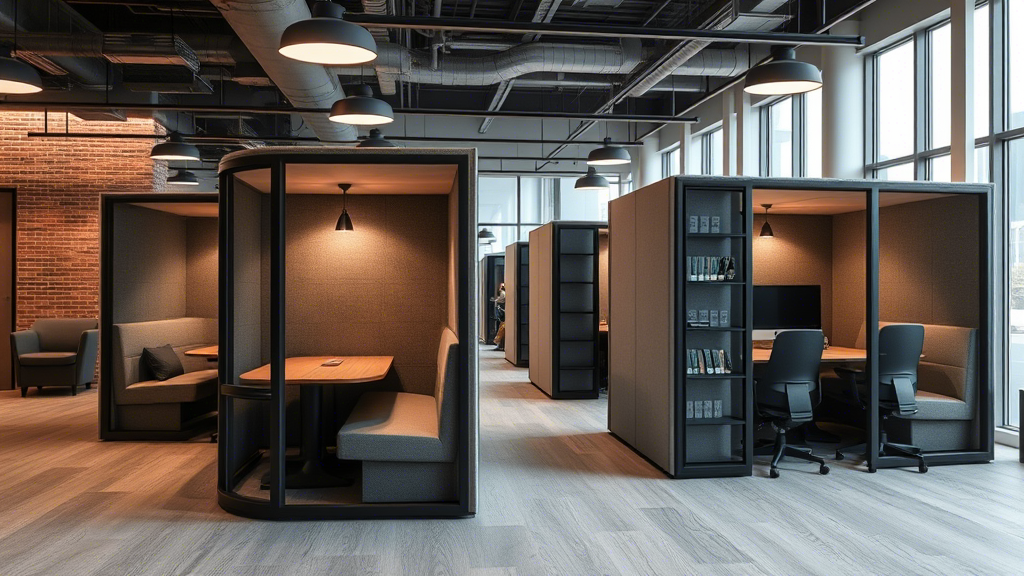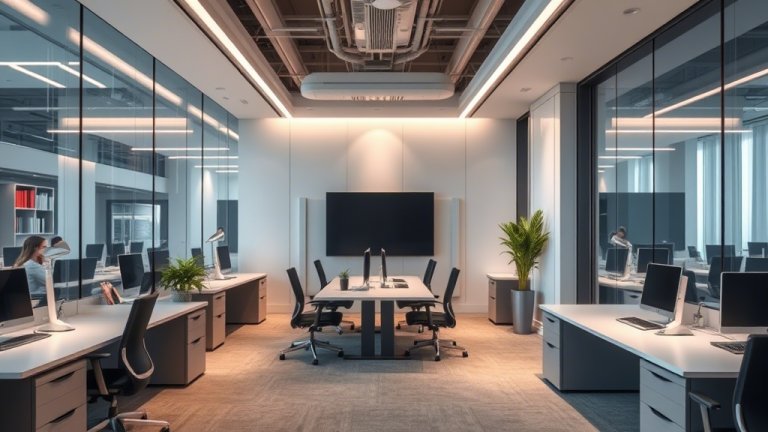Introduction to Office Booths
In today’s dynamic workplace environments, office booths have emerged as a critical solution for addressing noise reduction, privacy needs, and focused productivity. These modular structures combine ergonomic design with advanced acoustic technology, offering employees dedicated spaces for collaboration, concentration, or confidential discussions. As hybrid work models gain traction, the demand for adaptable workspace solutions like office booths continues to surge across industries.
Core Features of Modern Office Booths
1. Acoustic Engineering Excellence
High-performance office booths incorporate sound-absorbing materials such as mineral wool insulation and micro-perforated panels. Advanced models achieve noise reduction coefficients (NRC) up to 0.95, effectively creating speech privacy within 4.5 feet of the structure.
2. Ergonomic Design Principles
Premium booths feature:
- Adjustable LED lighting systems (300-500 lux)
- Active/passive ventilation with CO₂ sensors
- ADA-compliant accessibility configurations
3. Smart Technology Integration
Next-generation office booths now include IoT-enabled systems:
- Occupancy sensors with calendar integration
- USB-C/USB-PD charging ports (up to 100W)
- Wireless presentation systems (Miracast/AirPlay)
Implementation Strategies
Space Optimization Techniques
For effective office booth deployment:
| Office Size | Recommended Booths |
|---|---|
| ≤50 employees | 3-5 units |
| 50-100 employees | 6-8 units |
| ≥100 employees | 9-12 units |
ROI Analysis
Companies report:
- 23% increase in task completion speed
- 17% reduction in sick days
- 34% improvement in employee satisfaction

Frequently Asked Questions
Q1: What’s the typical lead time for office booth installation?
Standard configurations require 4-6 weeks from order to deployment, including acoustic calibration and safety certifications.
Q2: Can booths be reconfigured post-installation?
Modular systems allow component rearrangement within 48 hours using certified technicians.
Conclusion
Office booths represent more than temporary workspace solutions – they’re strategic investments in workforce productivity and well-being. As acoustic standards like WELL v2 and LEED v4.1 prioritize noise control, these structures will remain essential in future-focused workplace design.

